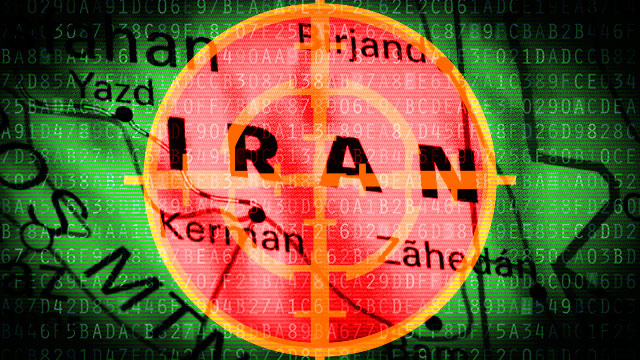
(credit: Aurich Lawson)
The Stuxnet computer worm that destroyed centrifuges inside Iran's Natanz uranium enrichment site was only one element of a much larger US-prepared cyberattack plan that targeted Iran's air defenses, communications systems, and key parts of its power grid, according to articles published Tuesday.
The contingency plan, known internally as Nitro Zeus, was intended to be carried out in the event that diplomatic efforts to curb Iran's nuclear development program failed and the US was pulled into a war between Iran and Israel, according to an article published by The New York Times. At its height, planning for the program involved thousands of US military and intelligence personnel, tens of millions of dollars in expenditures, and the placing of electronic implants in Iranian computer networks to ensure the operation targeting critical infrastructure would work at a moment's notice.
Another piece of the plan involved using a computer worm to destroy computer systems at the Fordo nuclear enrichment site, which was built deep inside a mountain near the Iranian city of Qom. It had long been considered one of the hardest Iranian targets to disable and was intended to be a follow-up to "Olympic Games," the code name of the plan Stuxnet fell under.